As we get older, our faces naturally begin to lose their elasticity which leads to sagging skin and wrinkles. Even certain environmental factors, such as air pollution and the sun, can affect our faces and cause lines and sagging to be more pronounced.
While creams or serums can help as preventive measures, it can be tricky to find a lasting result. Many people end up turning towards Botox because of its proven results fighting signs of aging.
While Botox is a safe and effective treatment and is frequently talked about, people are still unsure about what all the process entails and what the results are really like.
What to expect before your first Botox injection
Botox is a popular and safe option for treating wrinkles. However, the way the procedure gets depicted in movies and tv shows can make people a little bit skeptical.
People are shown with overly frozen faces and overdramatized appearances, and nobody wants that!
When done by an expert and competent doctor, botox injections should look as normal as possible. If you've been wondering why your favorite movie stars in their 40's and 50's look timeless, chances are they've done a little bit of fix here and there. And yes, Botox is usually the hero.
How exactly does Botox work?
The short answer is that Botox temporarily poisons the muscles which make them stop working. Because of the paralysis, wrinkles will relax and soften. Due to the results, Botox is the most common cosmetic procedure performed to fix wrinkles and fine facial lines.
While this procedure sounds miraculous, it only works on wrinkles due to natural causes, like the wrinkles developed from frowning, smiling, and laughing. Any wrinkles caused by sun damage or gravity will not respond well to this treatment.
Potential risks
With any procedure, no matter how popular and safe, there are always some risks. When it comes to Botox, the most common risks are pain, swelling, or bruising at the injection site.
You may also get a headache or flu-like symptoms, droopy eyelids or cockeyed eyebrows. Others experience having a crooked smile, drooling, eye dryness or excessive tearing.
Again, these are potential risks and these may or may not occur to you.
Question #1: What does Botox feel like when it first starts working?
As wrinkles can be caused by overworked muscles, Botox works by relaxing the muscles and preventing them from working at their fullest. The Botox will start to take effect between three to five days, so it’s not an immediate feeling as some would hope.
After this period, you shouldn’t feel anything abnormal. Occasionally, too much Botox can be injected into the muscles, and that is when some people experience a heaviness. This can also vary based on where the injection was.
Question #2: When will I see results?
We live in a world where everybody wants immediate results. While you’re hoping that pesky forehead line will be gone as soon as the Botox is injected, that, unfortunately, won’t be the case.
As previously mentioned, initial results will be visible within three to five days, with full results visible after 14 days. With any procedure, results for everybody are different.
Question #3: How long does Botox last?

Botox is unfortunately not a once and done procedure. While you will see some results after your first time, to keep the benefits going, you will have to go back multiple times. On average, Botox will last four to six months. However, the effects of the first treatment often fade a bit faster. It is recommended to schedule a follow-up appointment two to three months after your first procedure.
Question #4: Can the effects of Botox injections be extended?
With how pricey Botox can be, and how good the results make you feel, you’re going to want to hang on to the effects for as long as possible. So are there ways to keep up the good feeling? Some studies have suggested that taking zinc supplements can extend the efficacy of Botox.
Question #5: Can the effects of Botox be undone?
Procedures like botox injections come with potential risks and they may not always turn out the way you were expecting or hoping for. Especially when you go to unreliable or untrained personnel, things may go out of hand. Unfortunately, there is no quick fix for getting Botox out of your system. It has to be metabolized naturally on its own.
Afraid of needles, but tired of your wrinkles?
For those looking to reduce their wrinkles but are hesitant to go with Botox, there’s another way you can address those pesky lines. Did you know about red light therapy and the positive effects it can have?

So how does it work?
It is believed that the red light works by targeting the mitochondria which are the powerhouse of the cell - where all of the cell’s energy is created. Red light therapy produces a biochemical effect in those cells and therefore powers up the mitochondria to start cellular level changes.
Why you should consider red light therapy?
As we mentioned, no needles are used in the process of red light therapy. While lasers burn and damage the skin, red light therapy uses medical grade LED bulbs that do not produce heat. Therefore, it is safe to be used at home without having to worry about causing burns on the skin.
The many different uses of red light therapy
As mentioned, red light therapy can help a variety of skincare issues. However, red light therapy comes in many forms. For example, some salons use red light beds, and those are targeted towards skin concerns like stretch marks and wrinkles. At a doctor's office, you could find people using red light therapy for more serious issues like psoriasis, slow healing wounds, and even the side effects of chemotherapy.
What else is important to know?
Botulinum toxin injections, commonly known as Botox®, have become a widespread treatment for both medical and cosmetic conditions. Botox is made from a purified form of the toxin produced by the bacterium Clostridium botulinum. Despite the toxin’s association with the serious illness botulism, Botox injections are relatively safe and effective when administered by a healthcare provider. Botox works by temporarily paralyzing facial muscles, which reduces the appearance of fine lines and wrinkles, such as crow’s feet and frown lines, offering a smoother, more youthful appearance.
Botox isn't just a cosmetic treatment. It is FDA-approved for medical uses, including the treatment of chronic migraine, cervical dystonia, overactive bladder, and hyperhidrosis (excessive sweating). For those suffering from chronic migraine, defined as experiencing headaches on 15 or more days per month, injections of botulinum toxin type A have been shown to prevent migraines. Similarly, Botox injections can help reduce excessive sweating by blocking the nerves that trigger sweat glands. These medical conditions, while diverse, benefit from the same mechanism of muscle relaxation provided by Botox.
However, like any medical procedure, Botox carries potential risks. Some people may experience serious side effects, including difficulty breathing, drooping eyelids, or an allergic reaction. Pain at the injection site, neck pain, and headaches are also possible side effects of Botox. It is essential to consult with a healthcare provider to assess any potential risks, especially if you are taking medications like blood thinners, or if you are pregnant or breastfeeding.
Botox treatment is not permanent, and the effects may last for several months, typically between three to six. To maintain the results, follow-up treatments are required. The cost of Botox and the number of injections needed can vary depending on the size of the treatment area and the individual's needs. Despite these factors, Botox remains a popular and effective solution for both cosmetic concerns and various medical conditions. If you experience any unusual side effects, it’s important to get medical help right away.

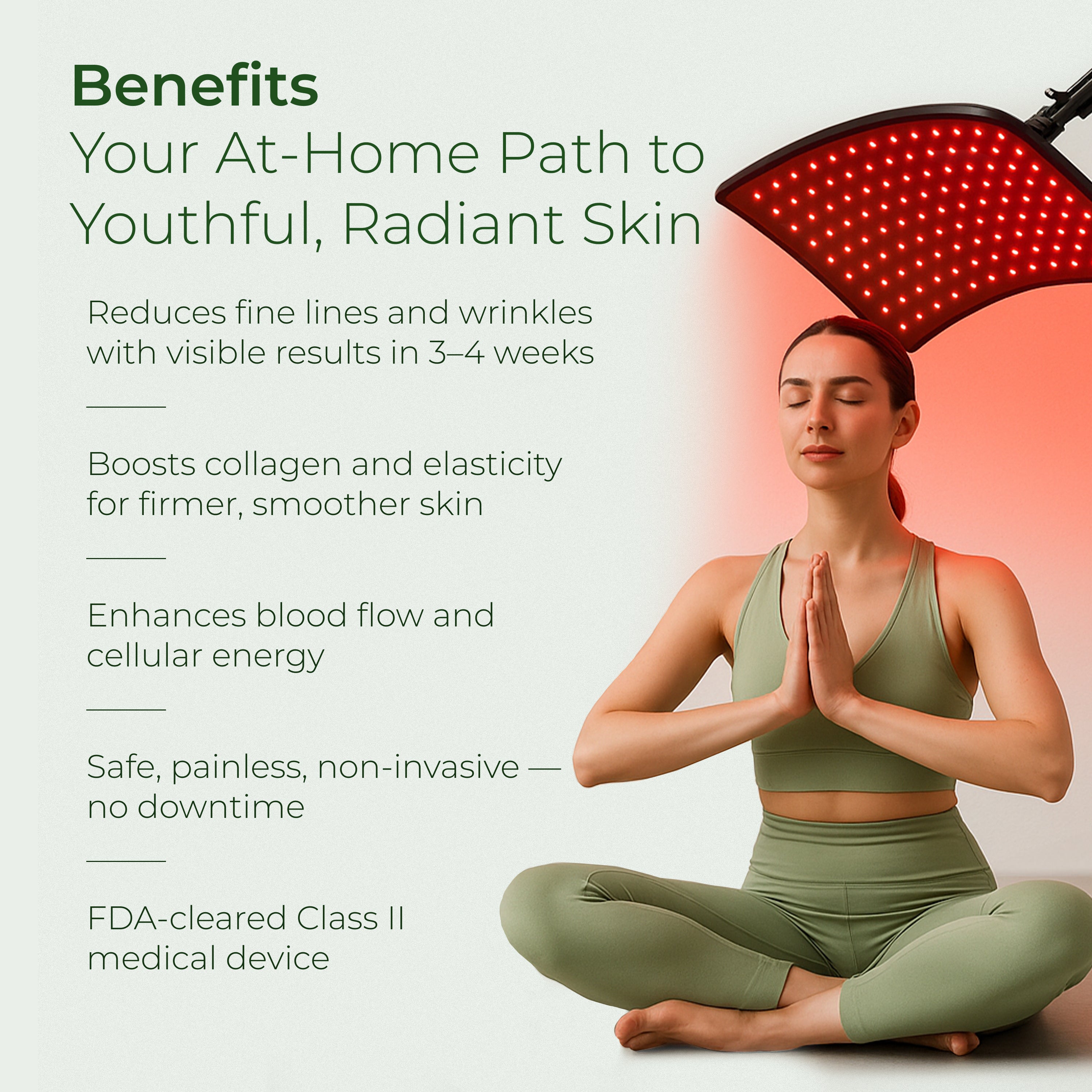

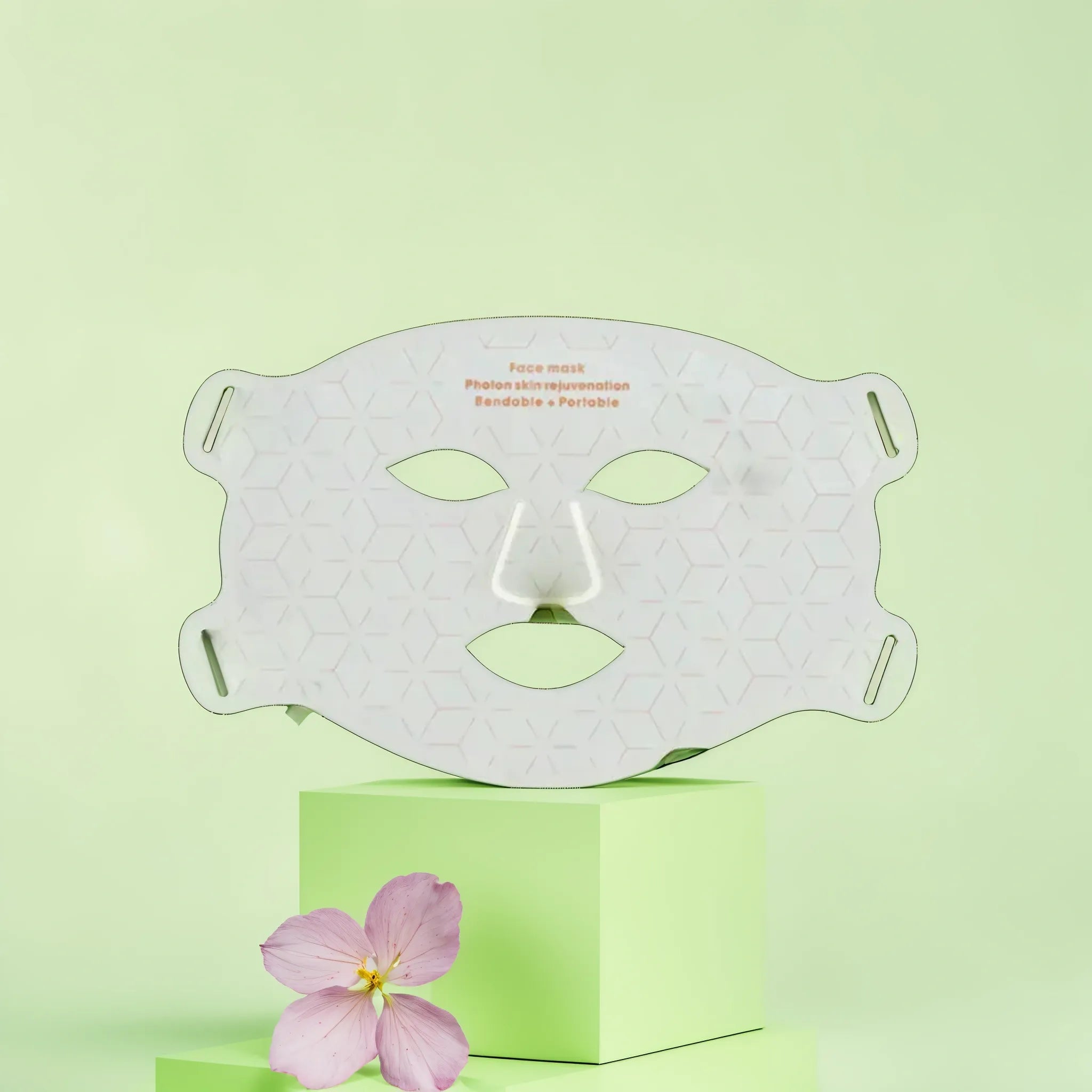
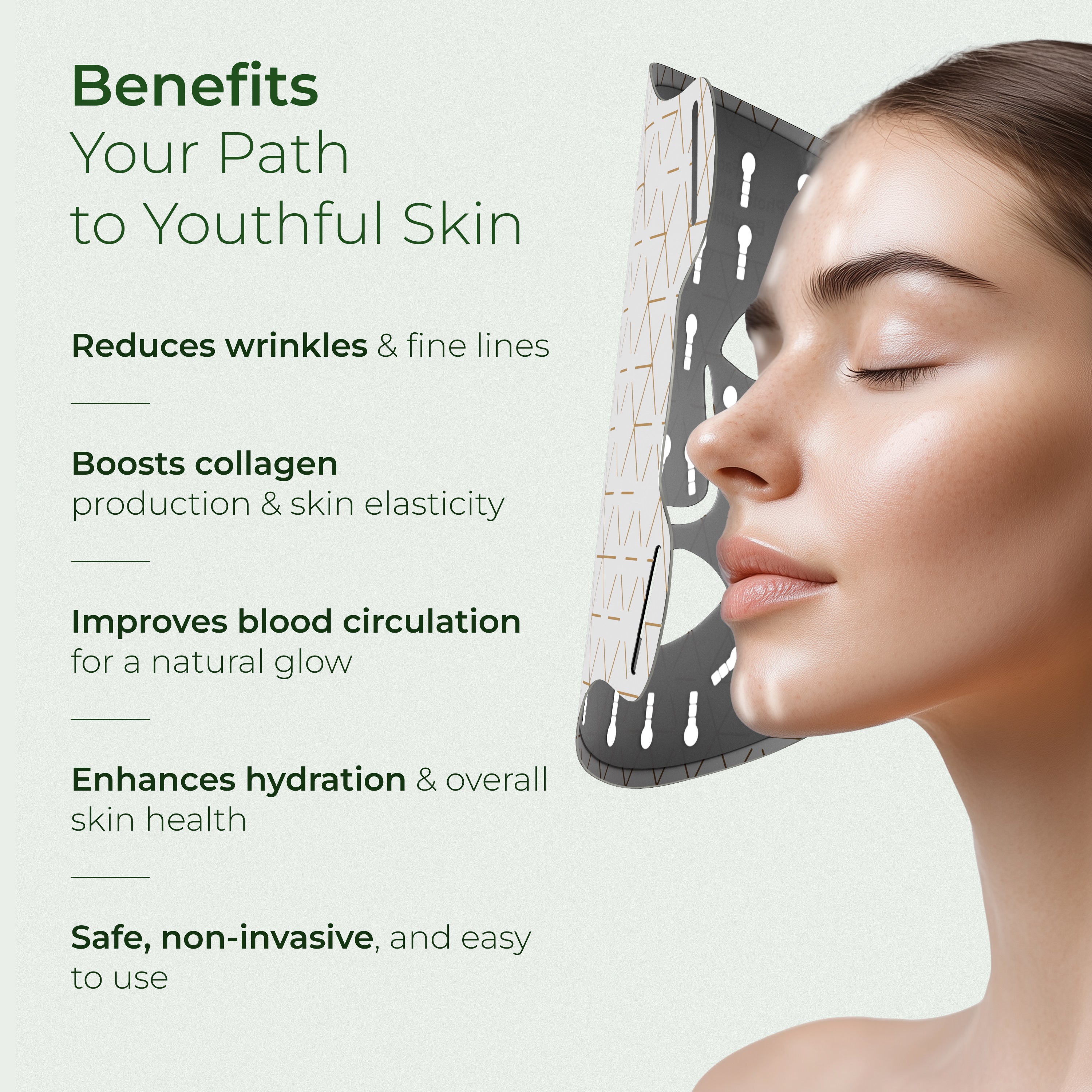


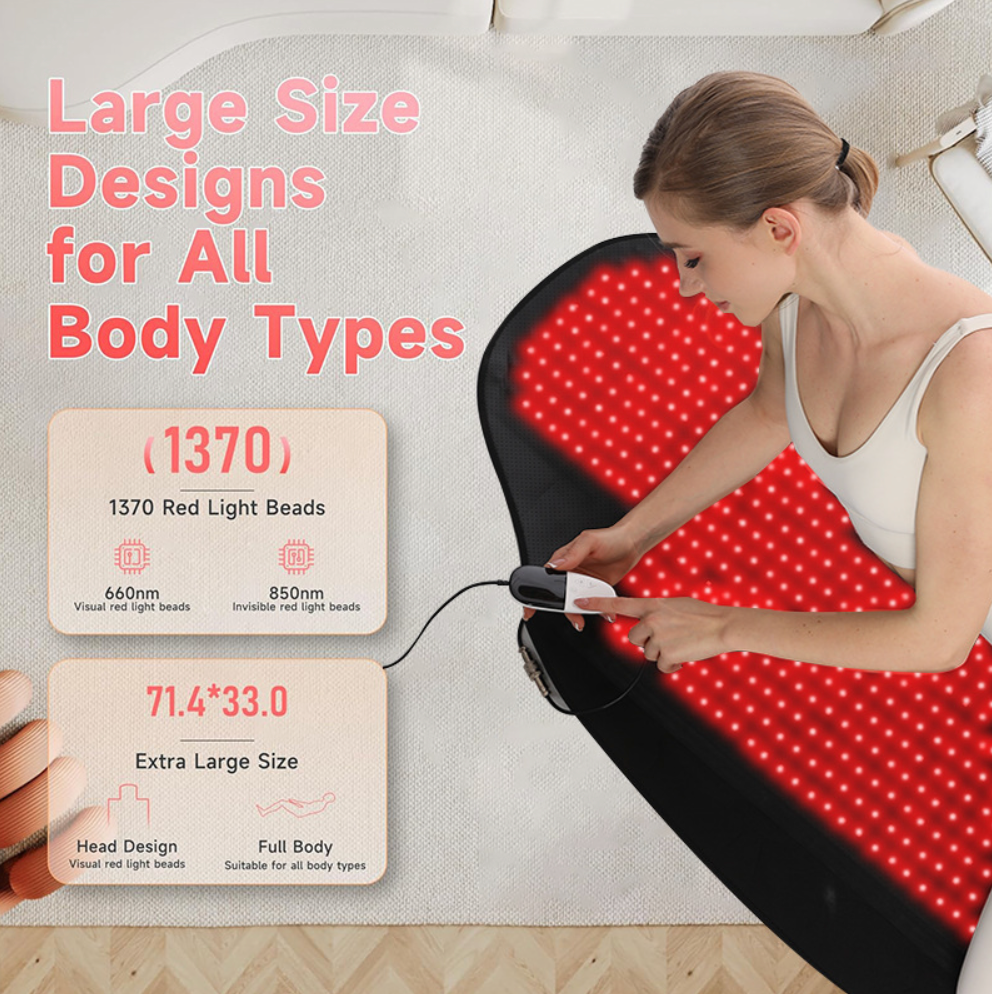
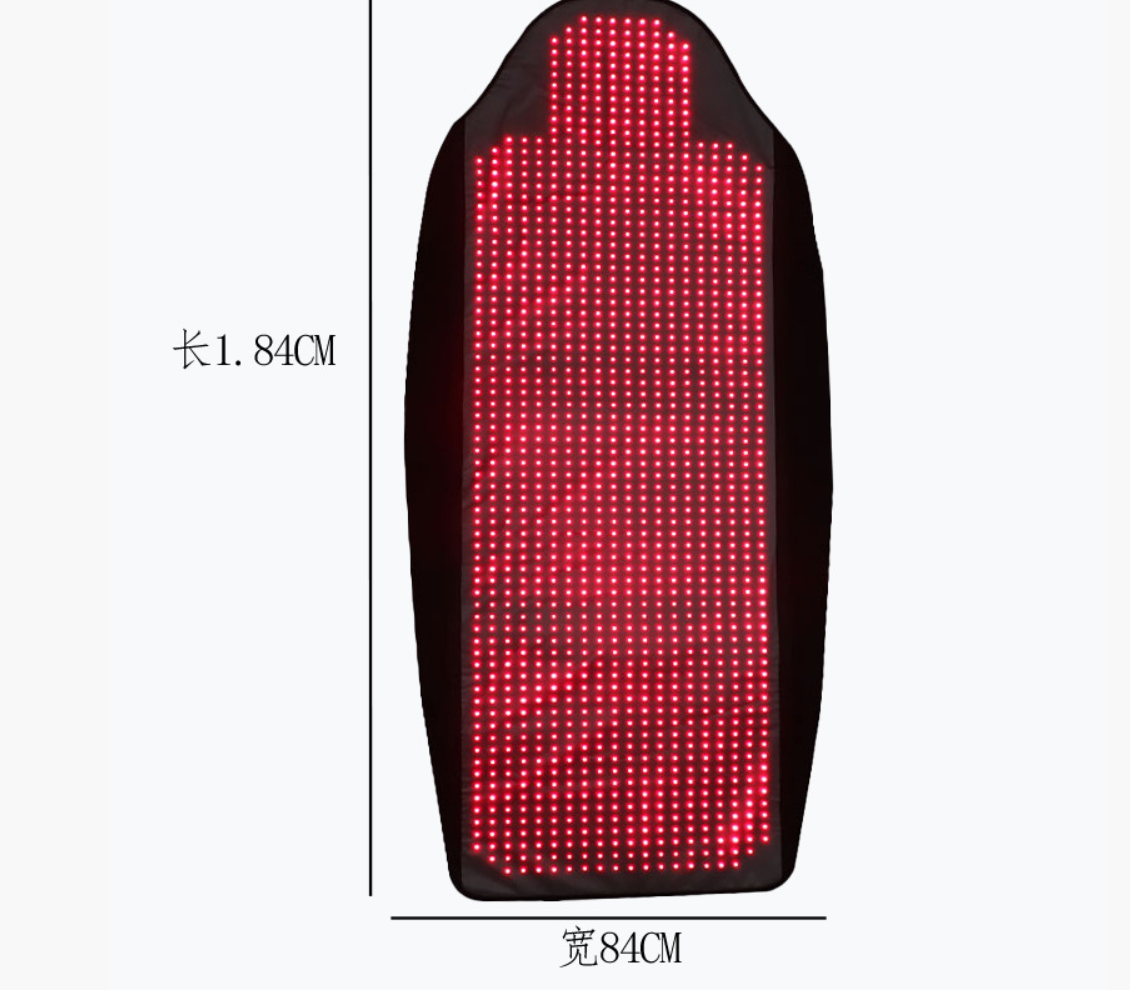
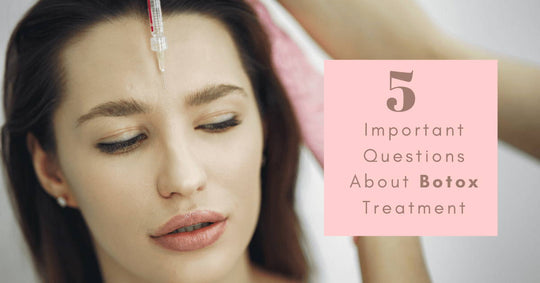

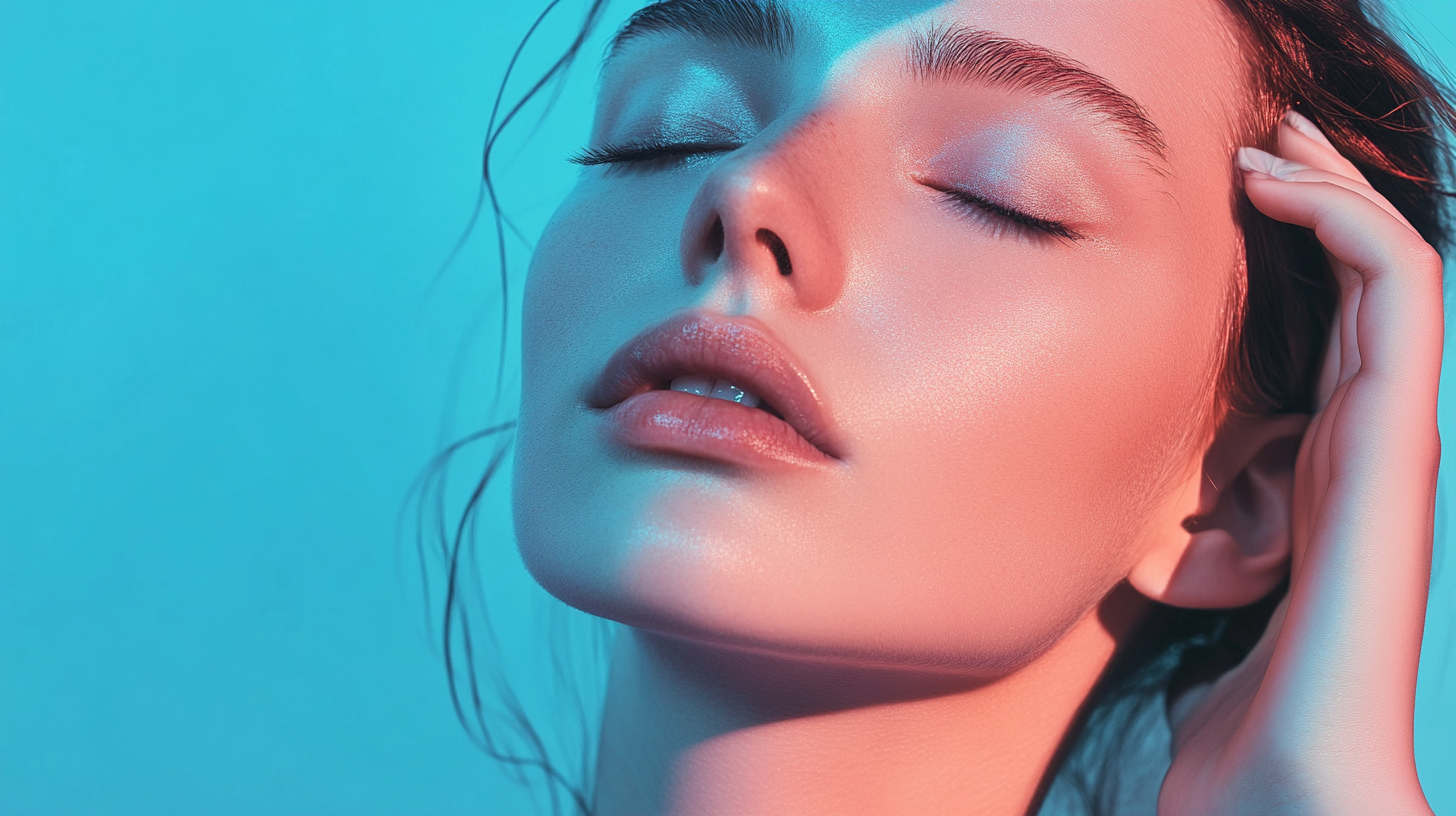

Leave a comment
This site is protected by hCaptcha and the hCaptcha Privacy Policy and Terms of Service apply.